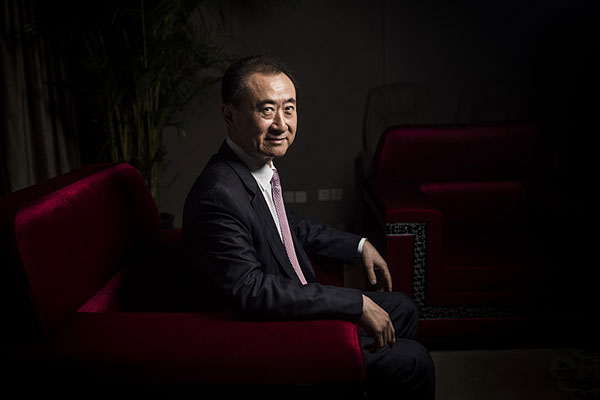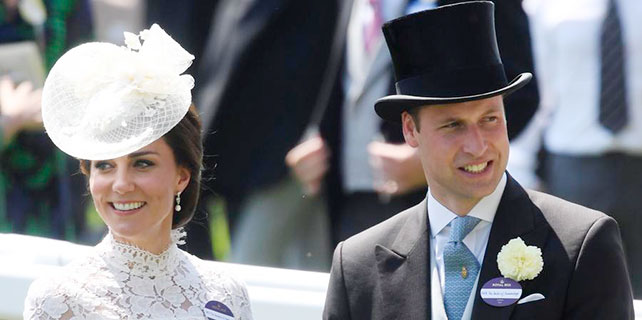China's private wealth market increased five-fold over the decade
 |
|
Chairman of Wanda Group Wang Jianlin poses at an annual business summit in Beijing on August 25, 2016. [Photo/VCG] |
China's private wealth market has continued to maintain rapid growth, with the gross personal investable assets reaching 165 trillion yuan last year, according to the 2017 China Private Wealth Report.
The report, released by China Merchants Bank and consulting firm Bain & Company on Tuesday, noted the number of China's high-net-worth individuals with a minimum personal investable asset of 10 million yuan increased to 1.58 million by about 500,000 or a 23 percent compound annual growth rate from 2014 to 2016.
Their investable assets totaled 49 trillion yuan last year, up 24 percent from 2014, with the investable assets per capita remaining around 31 million yuan.
In addition, the number of individuals whose personal investable assets were above 50 million reached 230,000 last year, 120,000 of which were ultra-high-net-worth individuals with a minimum personal investable asset of 100 million yuan, according to the report.
The report said China's private wealth market experienced a five-fold increase over the last decade, keeping releasing considerable growth potential and huge market value.
It noticed with the Belt and Road Initiative and mass entrepreneurship and mass innovation promoting regional development, rich people's geographical distribution has become more balanced.
While in 2006 only Guangdong province had more than 20,000 high-net-worth individuals, ten years later a total of 22 provincial areas saw the number of their high-net-worth individuals exceeding 20,000, date from the report showed.
Five provinces and municipalities (Guangdong, Shanghai, Beijing, Jiangsu, Zhejiang) had more than 100,000 high-net-worth individuals by the end of last year.
The report noted rich people's high appetite for overseas investment that grew from 2011 has cooled down to a rational level, with their overseas assets allocation becoming more dispersed. Since 2013, their offshore assets allocation per capita has stood at 20 to 30 percent.









